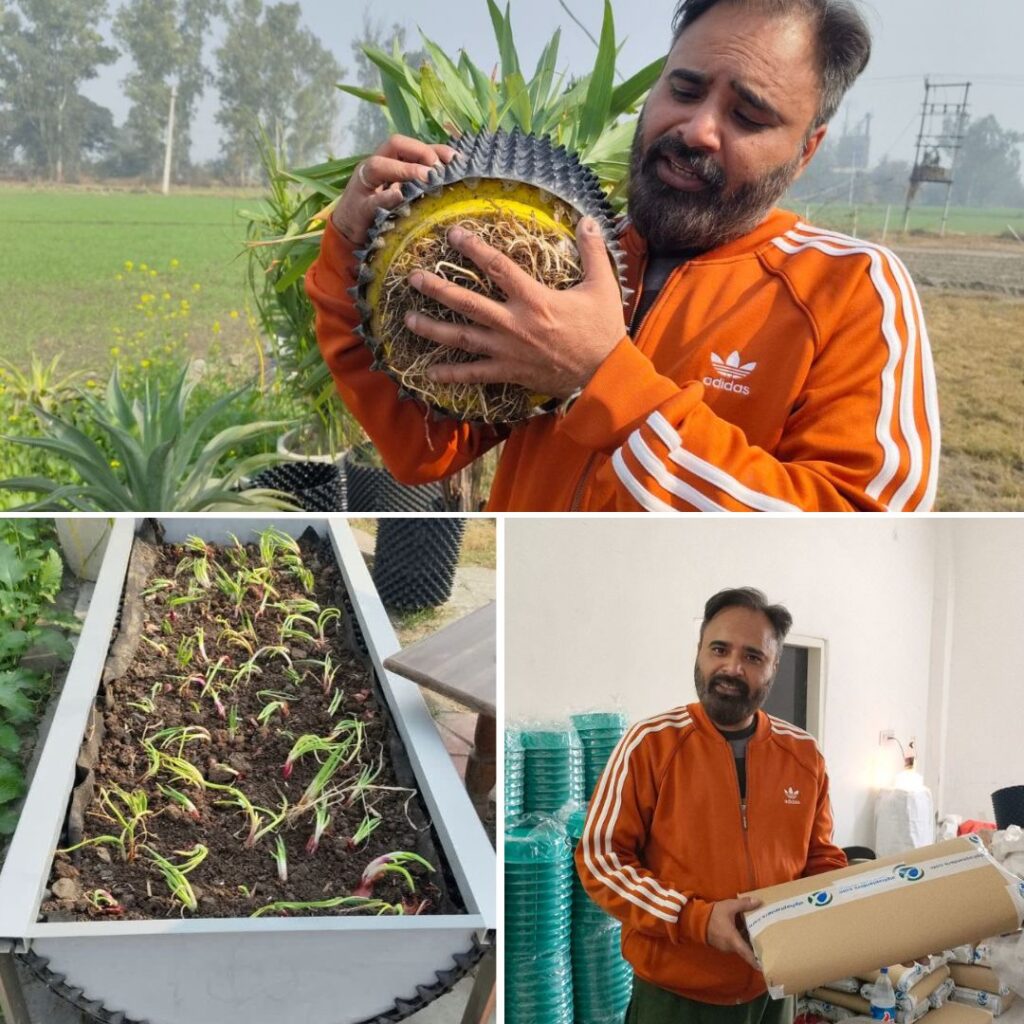For the first time in India, the Samruddhi Mahamarg (Expressway) connecting Nagpur and Mumbai will have 10 overpasses as part of a slew of wildlife mitigation structures recommended by the state Wildlife Board committee set up by the government.
The government has accepted recommendations for patches that cut through or pass by for a stretch of about 117 km, which includes Tansa (Thane), Katepurna (Akola) and Karanja-Sohol (Washim) sanctuaries. These stretches have been defined as wildlife focus areas (WFA).
Along these habitats, the expressway will have 25 wildlife mitigation structures including eight wildlife overpasses and 17 wildlife underpasses. In addition, two wildlife overpasses have also been planned in areas outside WFA, according to The Indian Express.
The Samruddhi expressway is the first linear project in India to incorporate wildlife mitigation measures at the inception stage. While mitigation structures have come up previously, they were a result of protests led by activists.
Recently, the committee, headed by Principal Chief Conservator of Forest (Wildlife) Nitin Kakodkar, visited several sites over the past two years and submitted its recommendations to the government. The recommendations of the committee, which also included senior officials and state Wildlife Board members, were inclusive of the already suggested by Wildlife Institute of India (WII). The government had earlier appointed WII to suggest mitigation measures.
‘The expert committee had inspected the site in February and March 2020 to understand WII-modified proposed mitigation structures. We suggested changes to some wildlife passes and also proposed box culverts, bridges and viaducts considering some important aspects previously ignored. Knowing well that many such linear infrastructure projects will be planned in near future, the understanding generated by this project will be vital to find a win-win solution for both wildlife and the economy.’ Kishor Rithe, one of the expert members, told The Times Of India.
‘At one chainage, which cuts Bor-Tipeshwar corridor and is a chinkara habitat, a 120×32 metre wide overpass was proposed. We asked to construct two such passes but MSRDC (Maharashtra State Road Development Corporation) agreed to build one 120×45 metre pass giving more space. Even culverts proposed were 3×3 metres but we asked to make it 5×4 metres,’ Rithe added.
While WII suggested overpasses of two different widths – 16m and 32m, the committee suggested that all the overpasses should have a uniform width of 32m. One 45m wide overpass was suggested on a trial basis to see if see animals like chinkara, which are afraid of crossing, prefer a wider overpass to a narrower one. The committee suggested that if the animals are seen to use the 45 m overpass more comfortably, then it could become a benchmark for all future projects.
While the expressway was originally going to have eight wildlife overpasses, the committee suggested one more between Wardha and Washim, which was also accepted.
The first project in India to have wildlife overpasses, the 750 km expressway’s overpasses are constructed in a such a way to give it the look of a natural corridor. For this, landscaping is done with a lot of vegetation and soil and adequate safeguards are also put in place to prevent human use.











